A quiet day in the capital but an ideal one for us to visit Choeung Ek, one of the Khymer Rouge’s 300 genocide sites and where 20,000 people were brutally murdered. This killing field is on the outskirts of the city and was an orchard and Chinese graveyard before it assumed its role of an extermination site.
We have been to several genocide locations around the world now, I find the sadness, the horrors and the details which one is exposed to, although difficult to stomach, a necessary reminder of how ordinary people can so easily change to monsters given fertile circumstances. As with our time in Rwanda, Choeung Ek tells me that these horrific events are as much a feature of contemporary times as ever they were, that the thin veneer that separates civilisation from barbarism is as precarious and fragile as ever. Nothing has changed. The best weapon against these outbreaks of indiscriminate and barbaric killing appears to be education and particularly development of civics, respect and decency. But even then there’s no guarantee.
It’s ironic that modern technology and the use of proxies enables us in the “West” to be comfortably removed from the horrors of innocent lives expended in the name of causes we support (the carpet bombing in the CIA’s secret war being our latest reminder on this ride), while we readily reel at news footage of crimes committed by regimes we officially despise. Yet so many of the proxies we support are guilty of as much barbarism as that committed by those whose regimes we oppose. “Civilised warfare” is absolute an oxymoron, the Geneva Convention a long-forgotten nicety as atrocities are on our screens weekly, from somewhere in the world.
The murders of the Pol Pot regime are particularly gruesome because of the sheer numbers, the methods used and the background of those who committed them. The death camp we’re at today was run by a schoolteacher, the murderers were in the main peasant farm boys from the north east who the regime had convinced that their poverty was caused by those in the cities. The death weapons were farm implements, hammers and the sharp palm tree fronds for slitting throats and a tree trunk against which they swung the children like baseball bats and smashed their skulls.

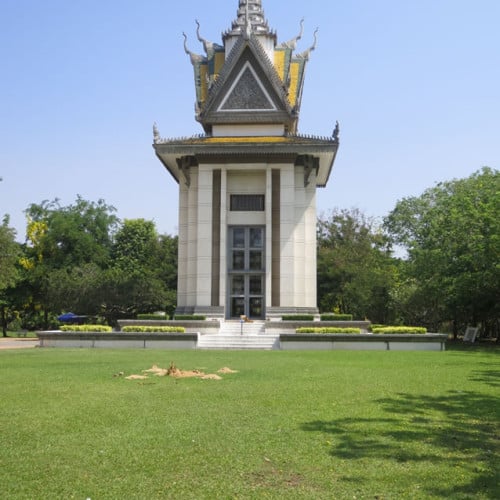
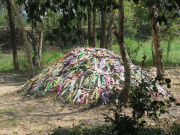
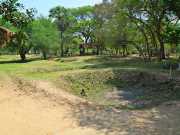
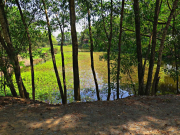

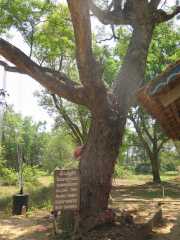
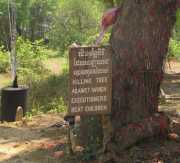
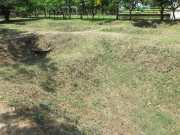
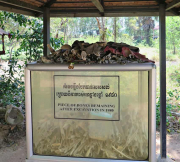
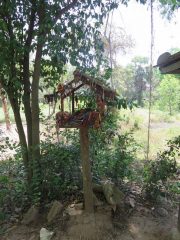
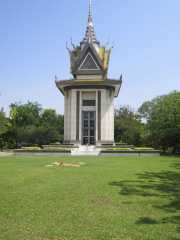
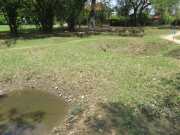
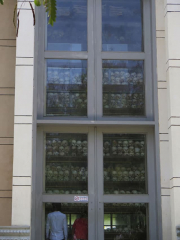
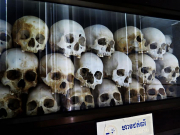
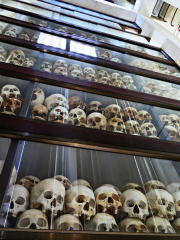
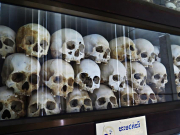
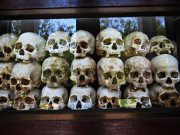
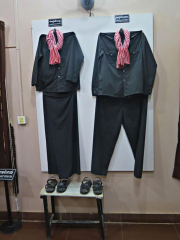
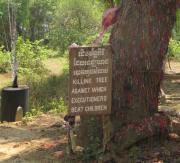
Comments are closed.